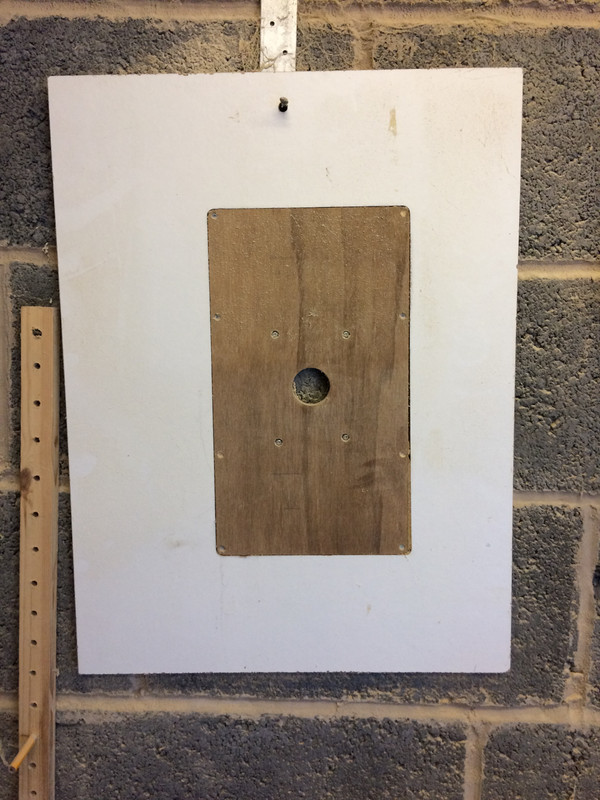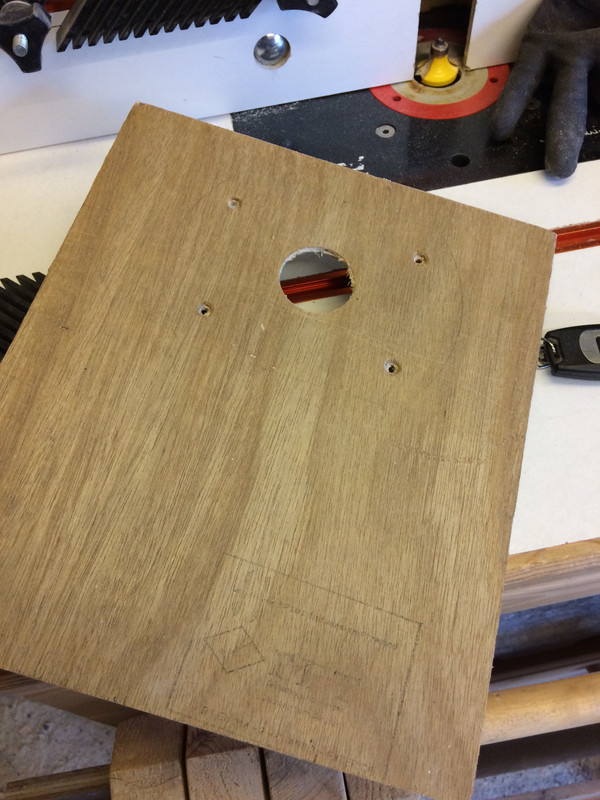Hello All,
Been a Scroll Sawer since the Forties so all the following is new to me!
Was given a load of Black Walnut pieces— did some Scrolling and Intarsia but decided to make a dozen or so cutting/cheese boards and they have turned out ok.
Would like to “Roundover “ edges so made a very basic router table— attached a router put in a Roundover bit and nothing— the bit is not long enough to cut the wood but put in a longish straight bit and all ok
It seems I have 2 options longer bit ( if possible) or thinner table
Advice please
Been a Scroll Sawer since the Forties so all the following is new to me!
Was given a load of Black Walnut pieces— did some Scrolling and Intarsia but decided to make a dozen or so cutting/cheese boards and they have turned out ok.
Would like to “Roundover “ edges so made a very basic router table— attached a router put in a Roundover bit and nothing— the bit is not long enough to cut the wood but put in a longish straight bit and all ok
It seems I have 2 options longer bit ( if possible) or thinner table
Advice please


































